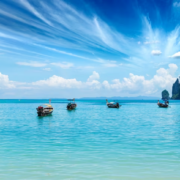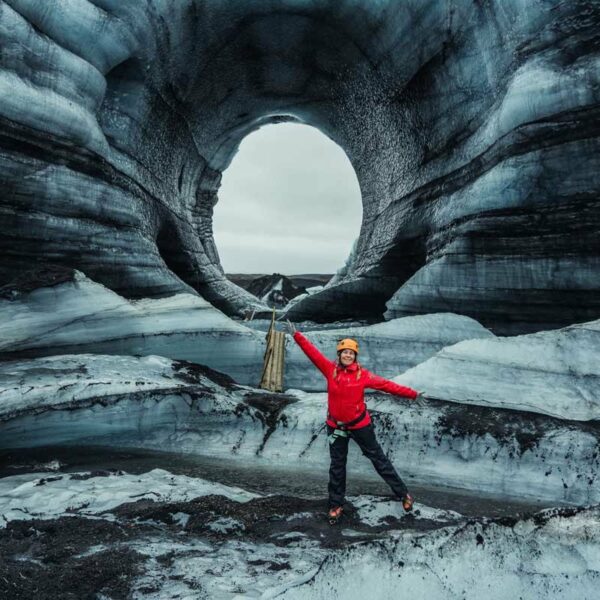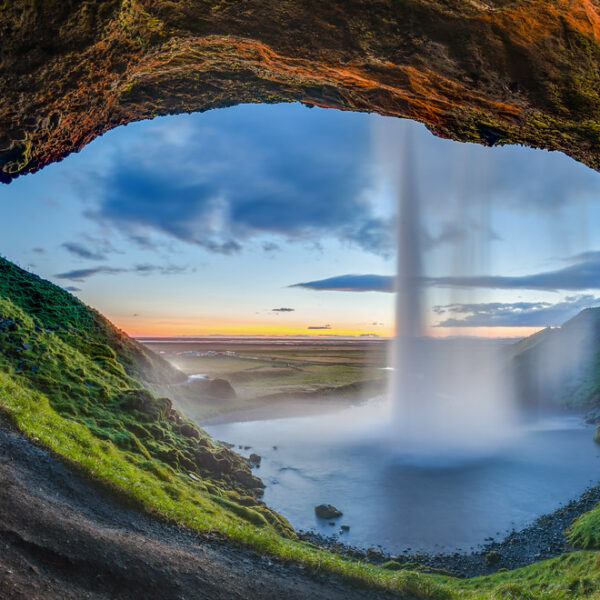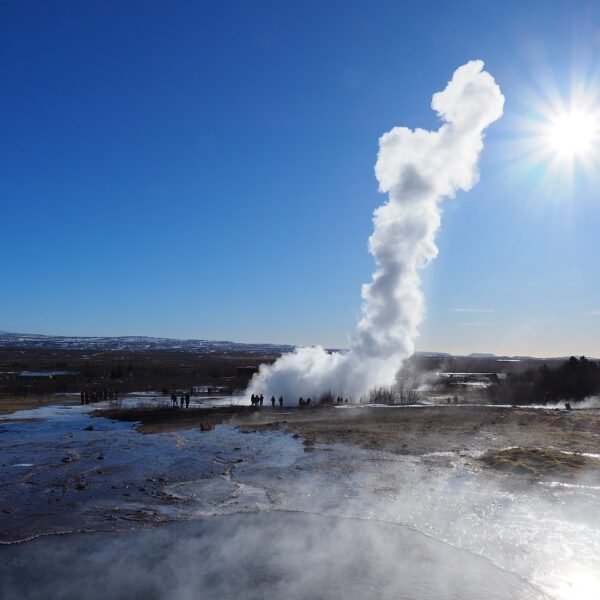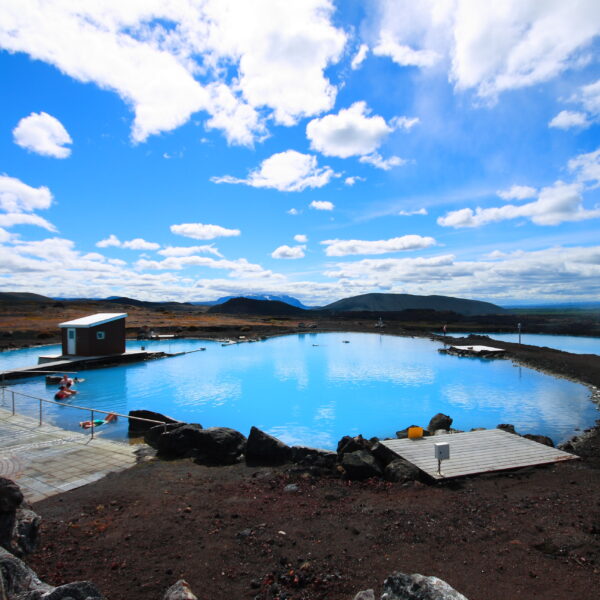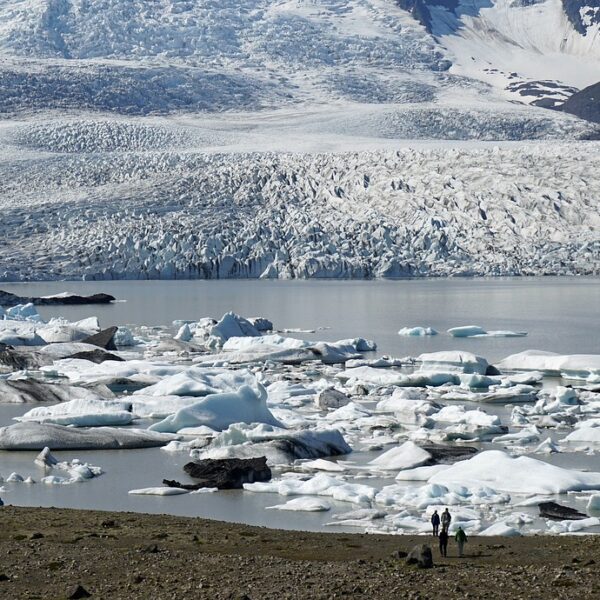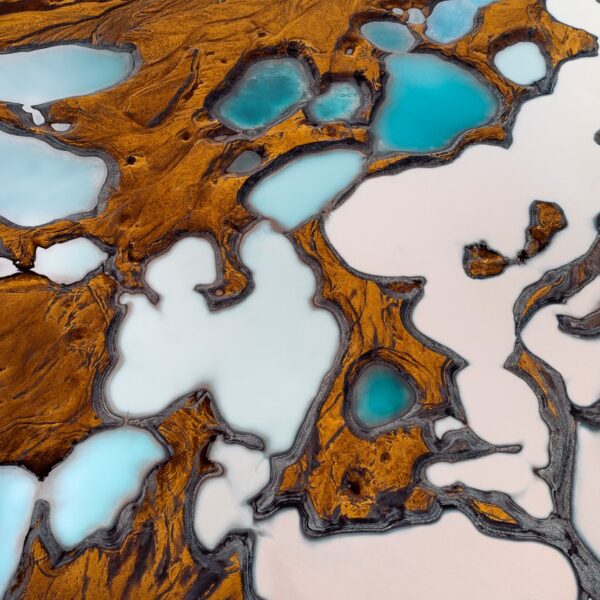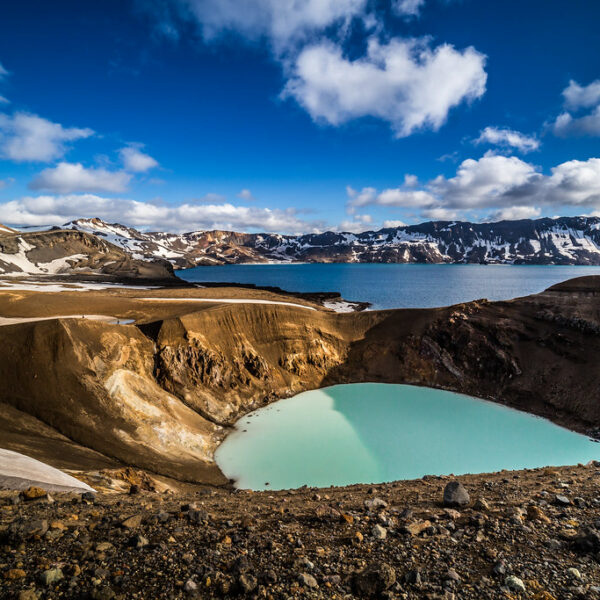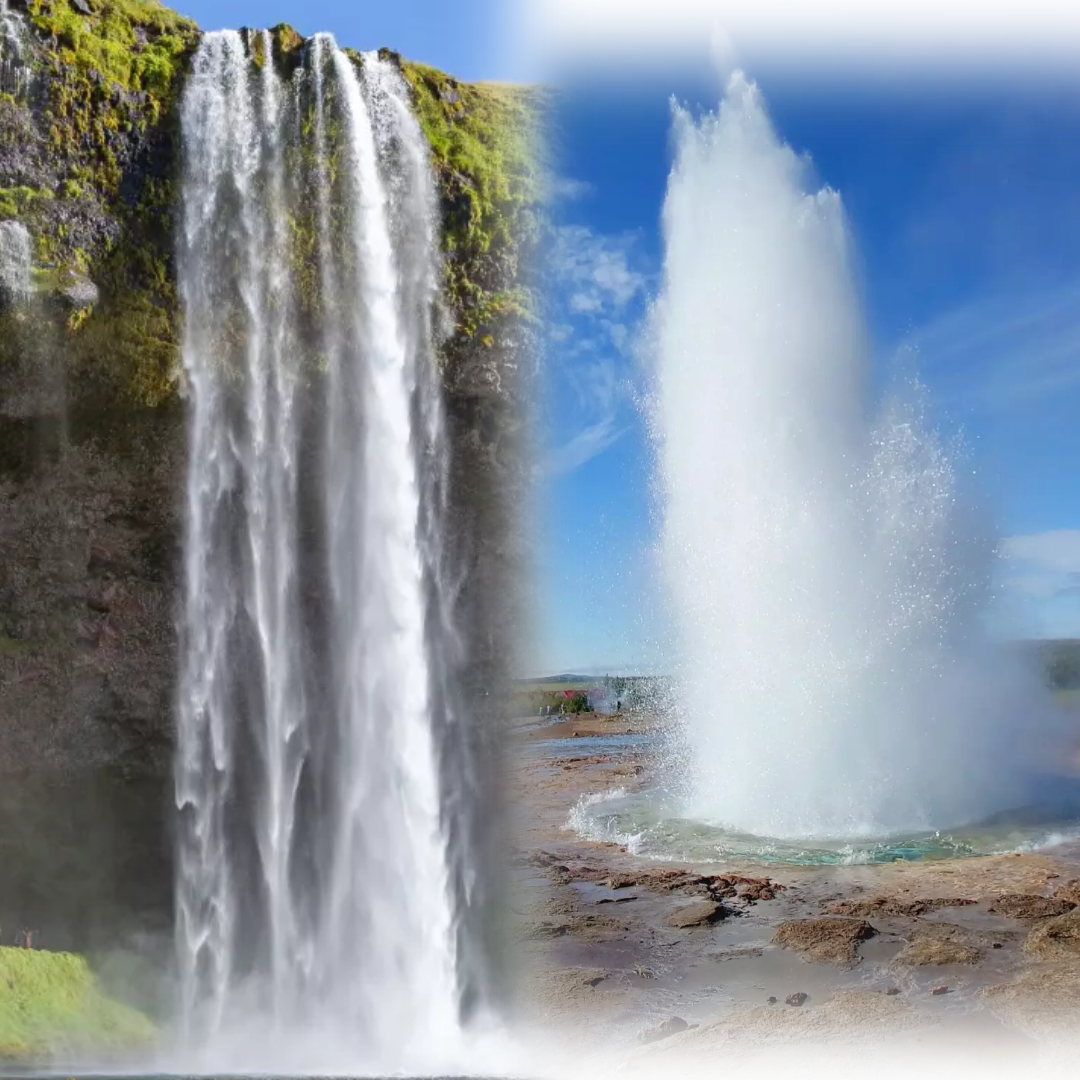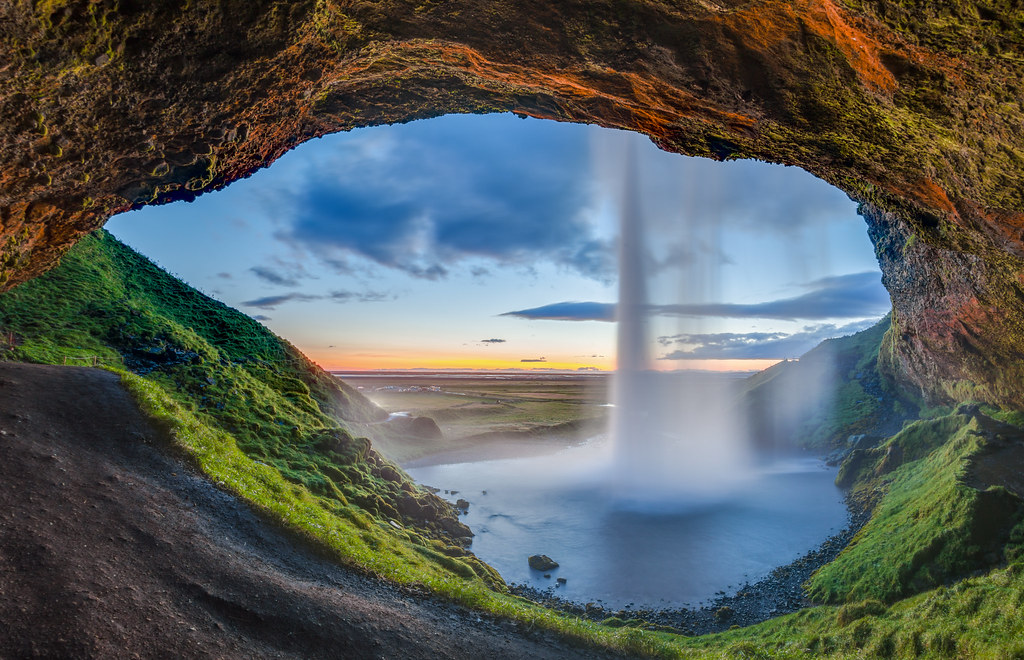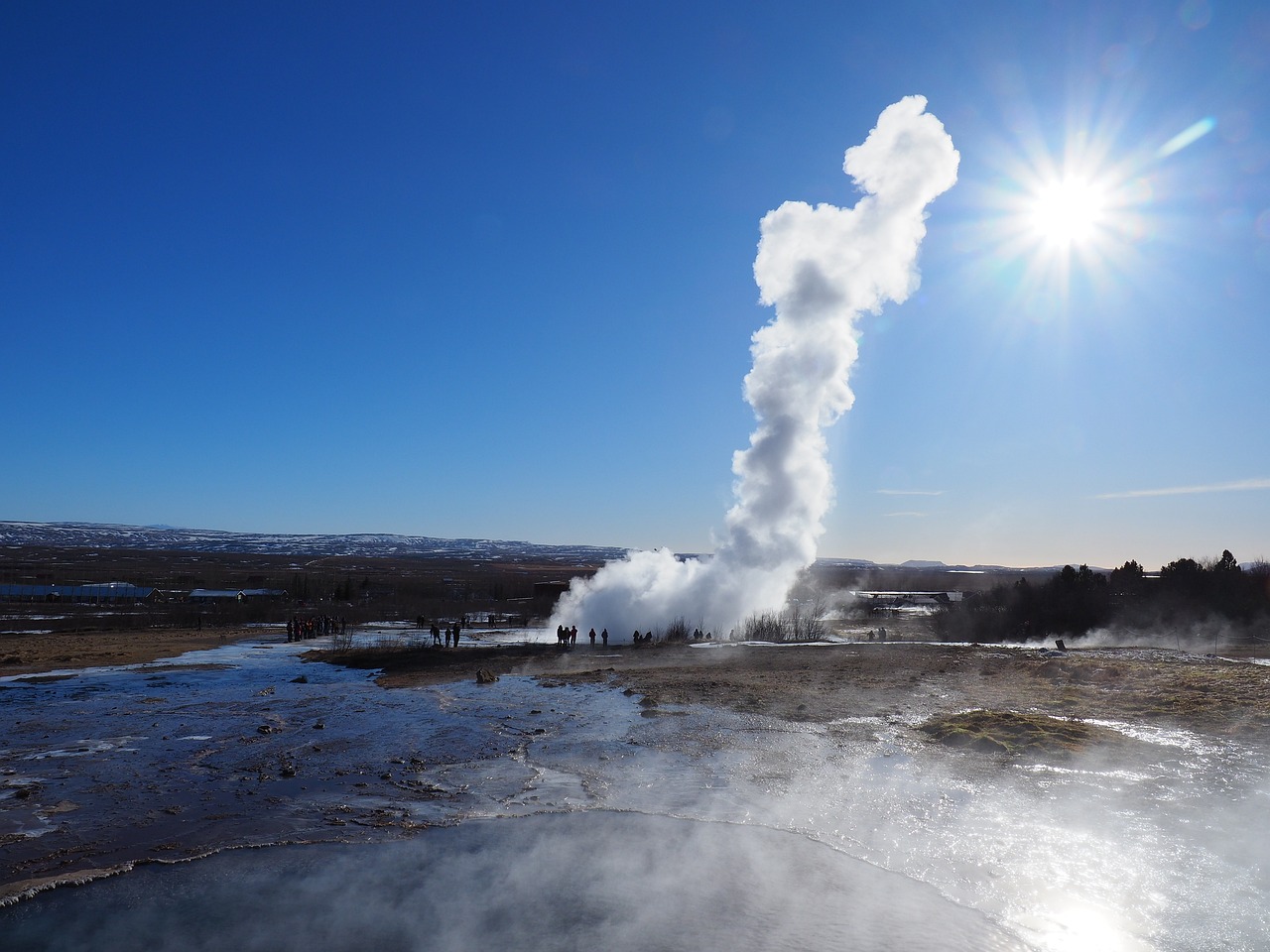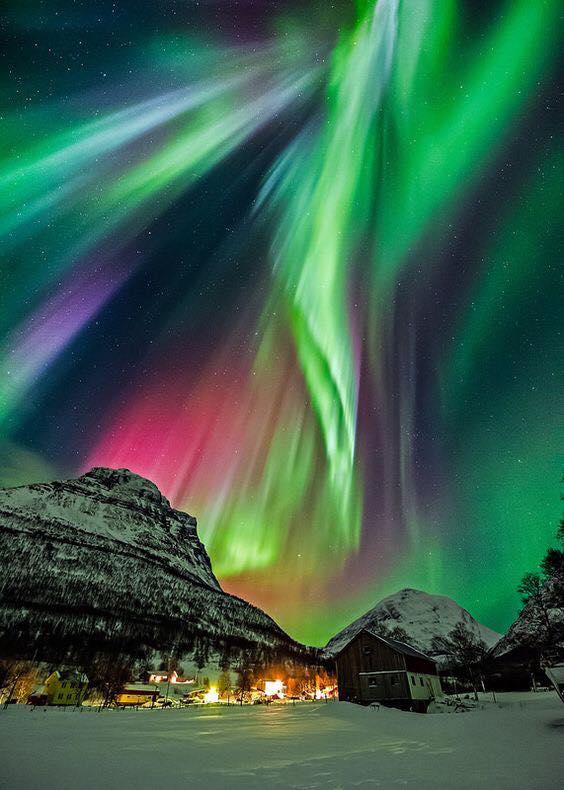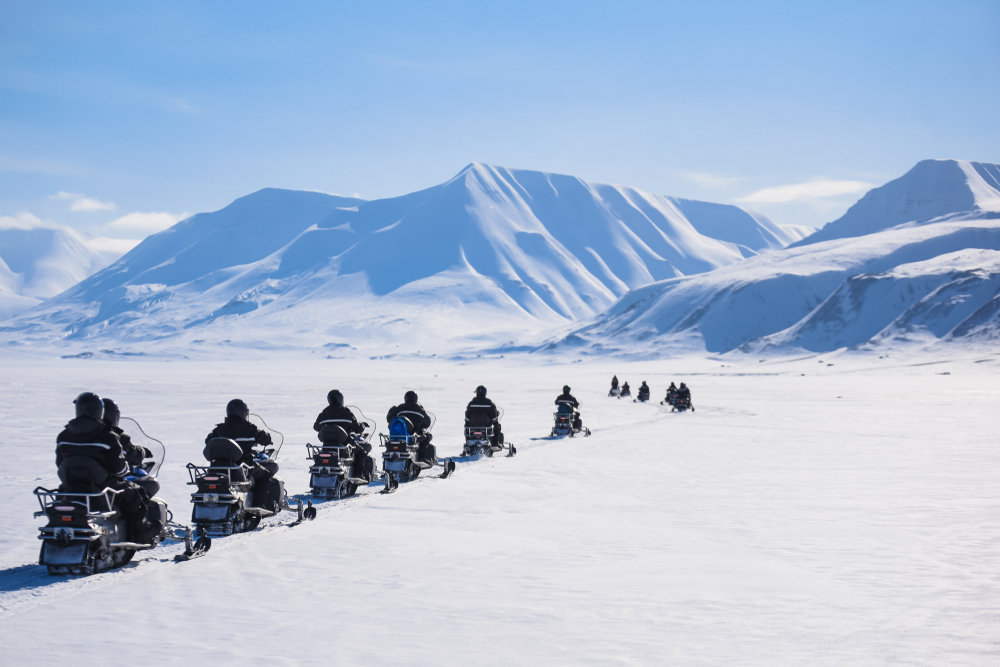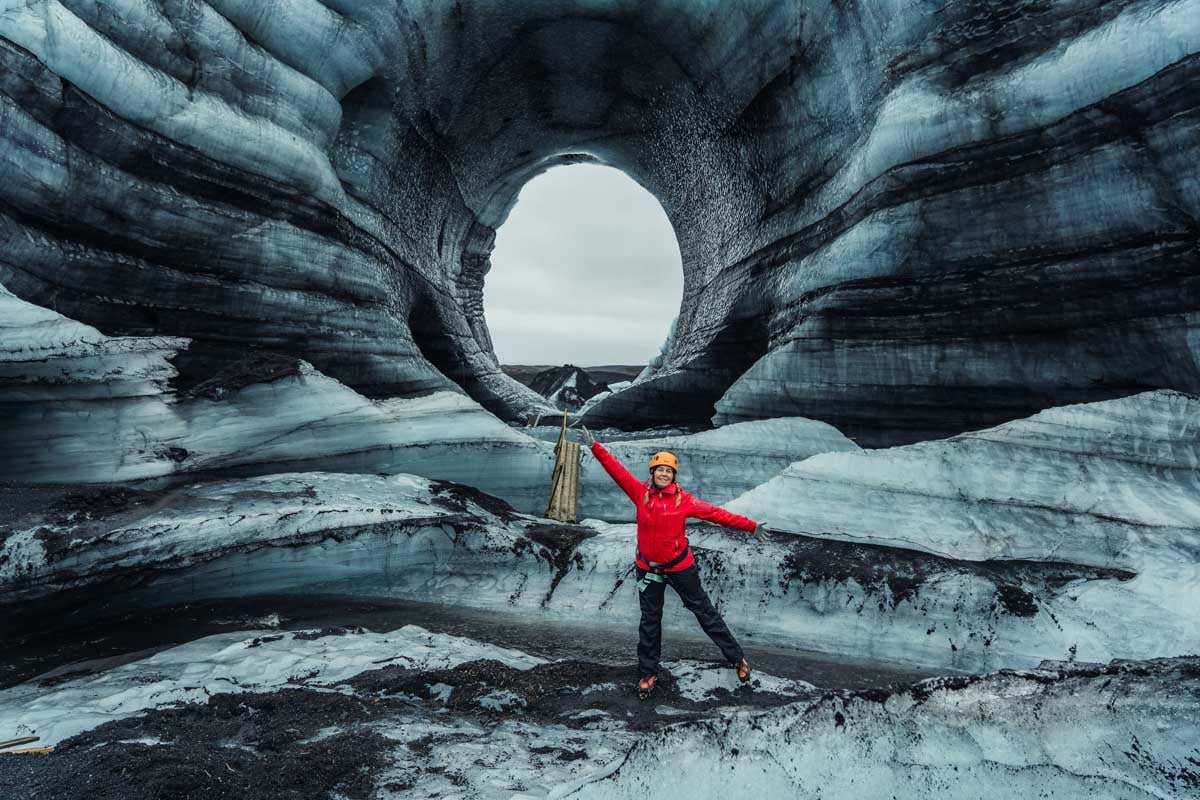Exploring Natural UNESCO World Heritage Sites in Iceland
Iceland’s vast and diverse landscapes paint a picture of ethereal beauty and wonder. Every corner of the island nation tells a story, from icy glaciers to bubbling geysers and the Heritage Sites in Iceland. Nestled within these landscapes are treasures recognized by the United Nations Educational, Scientific and Cultural Organization (UNESCO) as World Heritage Sites, signifying their universal cultural and natural importance.
This article ventures into the heart of Iceland, spotlighting its famed UNESCO sites and emphasizing the pivotal role of sustainable tourism.

Historical Context of Heritage Sites in Iceland
UNESCO’s endeavor to identify and protect places of great cultural and natural significance began in 1972. These sites, termed ‘World Heritage Sites,’ hold value not just for the nation they belong to but for humanity as a whole. Iceland, with its rich history and unique geology, has earned its place on this coveted list, emphasizing the world’s collective responsibility to preserve these precious locations for future generations.
Cultural World Heritage Sites in Iceland
Iceland’s culture is as rich and layered as its topography. The UNESCO-recognized cultural site, the Þingvellir National Park, stands as a testament to this. This historic location witnessed the establishment of one of the world’s first parliaments in 930 AD. The landscape is adorned with remnants of booths and a church, depicting stories from a bygone era.
Natural World Heritage Sites in Iceland

Nature has been particularly generous to Iceland. Vatnajökull National Park, another UNESCO-recognized site, is a splendid showcase of this. Encompassing dramatic landscapes from vast glaciers to active volcanoes, it’s a natural marvel. The park embodies the raw power and majesty of Mother Nature, making it an essential destination for nature enthusiasts.
Iceland, often called the ‘Land of Fire and Ice,’ boasts a mesmerizing blend of glacial landscapes and volcanic formations, making it an environmental wonder on Earth. UNESCO has taken note of this raw, untouched beauty, bestowing the World Heritage Site status upon some of its standout natural sites.
Vatnajökull National Park
The crown jewel among them is the Vatnajökull National Park. Spanning an impressive 14% of Iceland’s total land area, it stands as one of Europe’s largest national parks. Here, the Vatnajökull glacier, Europe’s largest ice cap outside of the Arctic, meets active geothermal areas, causing dramatic interactions between ice and fire.
These give rise to diverse phenomena like ice caves, bubbling mud pools, and explosive geysers. Such juxtapositions of frozen landscapes with hot springs beautifully showcase the geological contrasts and make this park an unparalleled destination.
Volcanic Island of Surtsey
Not too far away, the volcanic island of Surtsey offers another remarkable story of creation and transformation. Emerging from the North Atlantic in 1963 due to an undersea volcanic eruption, Surtsey provides a pristine natural laboratory. Scientists from around the world have since been observing the colonization processes of plant and animal life here, making it a unique location for biological research.
Yet, these sites aren’t just geological wonders. They are alive, evolving, and constantly shaping the character of Iceland. Each visit promises a new experience, be it witnessing the northern lights dance above a glacier or understanding the raw power of nature as a volcano rumbles. Every element of these World Heritage Sites offers insights into the past, present, and future of our planet.
Importance of Preserving These Sites
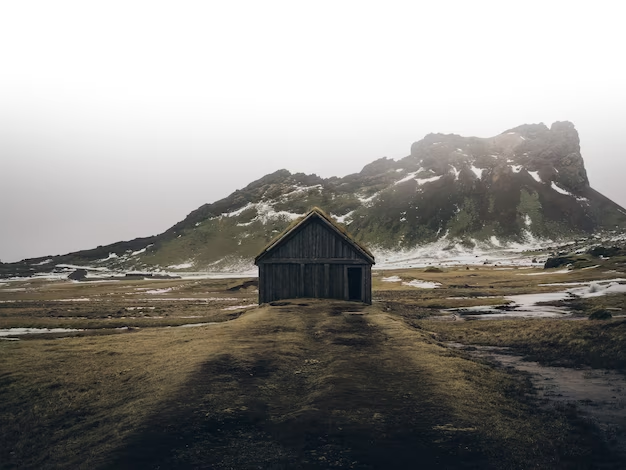
The natural and cultural gems of Iceland, honored with the distinction of being UNESCO World Heritage Sites, are more than just travel destinations—they’re a testament to Earth’s rich history and the shared heritage of humankind.
But these sites are under threat. Iceland’s unique geological formations, although stunning, are fragile. The delicate ecosystems of places like Vatnajökull National Park, with its sprawling glaciers and biodiverse habitats, are highly susceptible to external pressures.
Increasing tourism, while beneficial for the economy, has led to the trampling of delicate vegetation, littering, and unintended erosion in certain areas. Then there’s the more looming, omnipresent threat of climate change.
Rising temperatures threaten to melt glaciers, subsequently affecting the very essence of some of these sites. The erosion of coastlines, altered bird migration patterns, and shifts in entire ecosystems are stark indicators of the need for immediate preservation action.
But it’s not just the environment. The cultural essence, like the ancient parliament site at Þingvellir, carries stories of human civilization, stories that may lose their physical anchors with neglect.
Local and international conservationists, researchers, and policymakers have been rallying behind preservation efforts, but they’re not alone in this mission. The onus also falls upon tourists and local communities.
By understanding the significance and actively partaking in conservation, whether it’s through adhering to park guidelines, supporting conservation initiatives, or simply spreading awareness, every individual can contribute to the continued legacy of these magnificent sites. After all, in preserving these sites, we’re safeguarding stories, histories, and ecosystems that enrich our global heritage.
Tips for Responsible Tourism
As global citizens, it’s crucial to tread lightly and responsibly. Choosing eco-friendly modes of transportation, opting for sustainable accommodations, supporting local businesses, and respecting local customs can make a world of difference. Remember, every action counts when preserving the places we love.
Conclusion
Iceland’s UNESCO World Heritage Sites are not just landmarks; they’re testaments to the nation’s cultural richness and natural prowess. Their unmatched beauty and historical significance are treasures that demand respect and preservation.
As we revel in their splendor, let’s also pledge to ensure their sustainability. In preserving them, we not only cherish the past but also ensure a legacy for future generations. So, on your next visit, embrace Iceland’s wonders responsibly, for such beauty is rare, and it’s in our hands to keep it that way.



